Fractal Faceoff: Axe-Fx III vs. FM9 vs. FM3
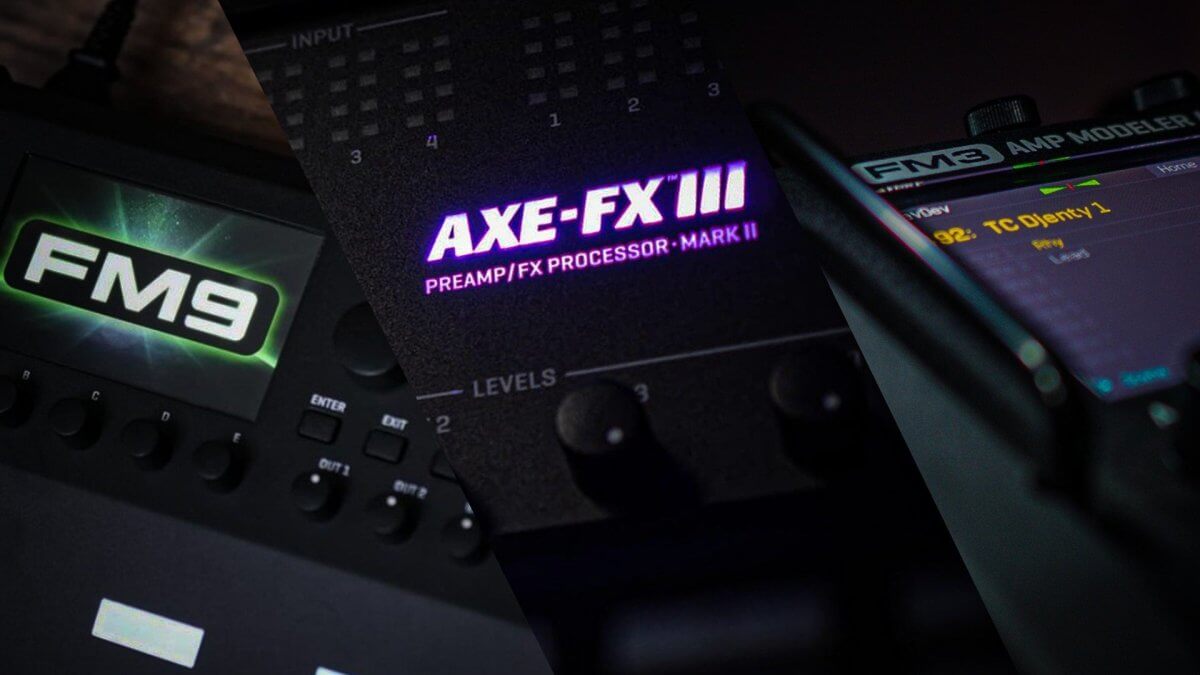
Fractal Audio Systems has revolutionized the way guitarists and musicians approach tone crafting and effects processing. Their flagship Axe-Fx III, and its streamlined floor-based counterparts – the FM9 and FM3 – represent the pinnacle of amp modeling and effects technology. While each shares Fractal's renowned core modeling algorithms, they differ in processing power, features, and form factor. This article aims to provide a comprehensive comparison to help you decide which Fractal unit best suits your needs.
The Heart of Fractal: Amp Modeling & Effects
Before diving into the specific differences, it's essential to understand the core technology that all three Fractal units share:
- Amp Modeling: Fractal's amp models are renowned for their ability to meticulously replicate the tone and dynamic response of real-world tube amplifiers. Their library is vast, covering legendary classics and modern high-gain beasts, providing an incredible foundation for building your tones.
- Effects: Fractal offers a comprehensive suite of effects, emulating classic stompboxes, studio-grade rack effects, and innovative original designs. From essential overdrives, delays, and reverbs, to sophisticated modulations, pitch effects, and more, you’ll find everything to shape your sound.
- Cab/IR Power: Fractal supports both traditional cabinet simulations and the ability to load custom Impulse Responses (IRs). IRs offer a hyper-realistic snapshot of a speaker and microphone combination, giving you immense control over your final tone.
Fractal Axe-Fx III: The Flagship and Studio Workhorse
The Axe-Fx III is Fractal Audio's uncompromised, powerhouse modeling unit. Let's explore its key features:
- Maximum Processing Power: The Axe-Fx III possesses the most DSP power of the three units. This translates to the ability to run the most complex presets with multiple amp models, high-resolution effects, and extensive routing possibilities and simultaneous effects chains.
- Massive I/O: It boasts a wealth of inputs and outputs for complete studio and stage integration. This includes XLR outputs, dedicated instrument and microphone inputs, multiple effects loops, MIDI, USB, and more.
- Front Panel Controls: The Axe-Fx III's large display and numerous dedicated knobs and buttons offer deep, hands-on control over preset editing and real-time parameter adjustments.
- Full Foot Controller Integration: Seamlessly connect large Fractal foot controllers like the FC-6 or FC-12 for comprehensive preset control and effects switching.
Fractal FM9: The Road Warrior's Powerhouse
The Fractal FM9 brings the core power of the Axe-Fx III to a tour-ready floorboard format. Here's what sets it apart:
- Powerful and Portable: The FM9 offers ample processing power for most guitarists' needs, allowing for intricate presets while housed in a rugged yet travel-friendly format.
- Layout Functionality: The FM9 has nine footswitches, allowing for direct preset access and effects control. It boasts a larger screen than the FM3, offering greater visual display of preset information.
- Flexible I/O: It features enough inputs and outputs for most live rigs, including dedicated XLR outputs, effects loops, and MIDI.
- Enhanced Foot Controller Integration: The FM9 can accommodate larger Fractal foot controllers like the FC-6 or FC-12 offering even more in-the-moment control.
Fractal FM3: Compact and Immensely Capable
The Fractal FM3 is the ultra-compact modeler, ideal for those demanding a potent, portable solution. Key features include:
- Streamlined Power: The FM3 offers a streamlined approach to tone crafting, perfect for those seeking less complexity or desiring a travel companion. While less powerful than the FM9 or Axe-Fx III, it still has more than enough muscle for the vast majority of players' needs.
- Foot Control Focus: With three footswitches, the FM3 relies more heavily on footswitch layouts and creative menu utilization
- Simplified I/O: Focused on the essentials, the FM3 still provides enough I/O for many gigging and practice scenarios.
- Ares Amp Modeling The FM3 features the latest Ares amp modeling technology, offering even more realism and responsiveness than previous Fractal generations.
Comparison & Considerations
Let's break down how these Fractal units compare, and offer considerations to help guide your decision:
Processing Power:
- Axe-Fx III: Unmatched power for limitless preset design, and the most complex routing possibilities. Ideal for studio work and those seeking truly 'no-compromise' sonic exploration.
- FM9: More than enough power for the vast majority of players allowing for intricate rigs and amp combinations. An excellent middle-ground for those desiring more flexibility than the FM3.
- FM3: Still remarkably capable, suitable for most gigging or studio scenarios but may present limitations if you have highly complex routing needs or require multiple amp models simultaneously.
Interface & Control:
- Axe-Fx III: Extensive front panel controls facilitate deep parameter tweaking and preset building without requiring reliance on a computer editor.
- FM9: Offers a balance, with an informative color display and enough dedicated buttons for quick editing, but relies more on menus and a computer editor for deeper adjustments.
- FM3: Built around the three-footswitch format, requiring creative menu use and a heavier reliance on a connected computer for in-depth preset building.
Input/Output (I/O):
- Axe-Fx III: Uncompromising flexibility for complex studio and stage setups.
- FM9: Ample I/O for professional gigging situations.
- FM3: More streamlined, yet still covers the essentials for most use cases.
Size & Portability:
- Axe-Fx III: Rack-mountable, primarily targeted at studio use or integration into large touring racks.
- FM9: Highly portable floorboard for gigging musicians, with a fly-rig friendly format.
- FM3: Ultra-portable for fly dates, pedalboard integration, or as a compact backup unit.
Price:
- Axe-Fx III: The most expensive of the three options.
- FM9: A balanced price point given its features and capabilities.
- FM3: The most budget-friendly of the Fractal floor units.
Which Fractal is Right for You?
The best choice depends on your individual needs and priorities:
- Axe-Fx III: Choose this if you require absolute maximum sonic flexibility, the most in-depth studio integration, and want to explore the outer limits of effects processing capabilities.
- FM9: Perfect for the gigging musician who needs ample power and flexibility in a robust floor unit. Offers more hands-on control than the FM3 and can easily cover any professional gig.
- FM3: Consider this if you want the latest Fractal technology in the most compact and affordable format or if you need a backup to your primary rig. An outstanding choice if your preset needs are more straightforward.
Additional Considerations
- Fractal Foot Controllers: All three units gain additional functionality with dedicated controllers. The size and number of switches should be a consideration.
- Computer Editor: Fractal's software editor 'Axe-Edit III' (for Axe-Fx III) or 'FM9-Edit/FM3-Edit' is used for deep preset editing, loading IRs, and managing the units. Consider how this fits with your working style.
- Used Market: There's a healthy used market for Fractal gear. This can be an avenue to access a higher-tier model at a lower price point.
It's All About Your Needs
Fractal's units deliver stunning amp modeling, a robust suite of effects, and immense tonal flexibility. The Axe-Fx III, FM9, and FM3 offer different balances of power, control, and portability. Analyzing your specific requirements in these areas will guide you to the ideal Fractal model for your musical journey.








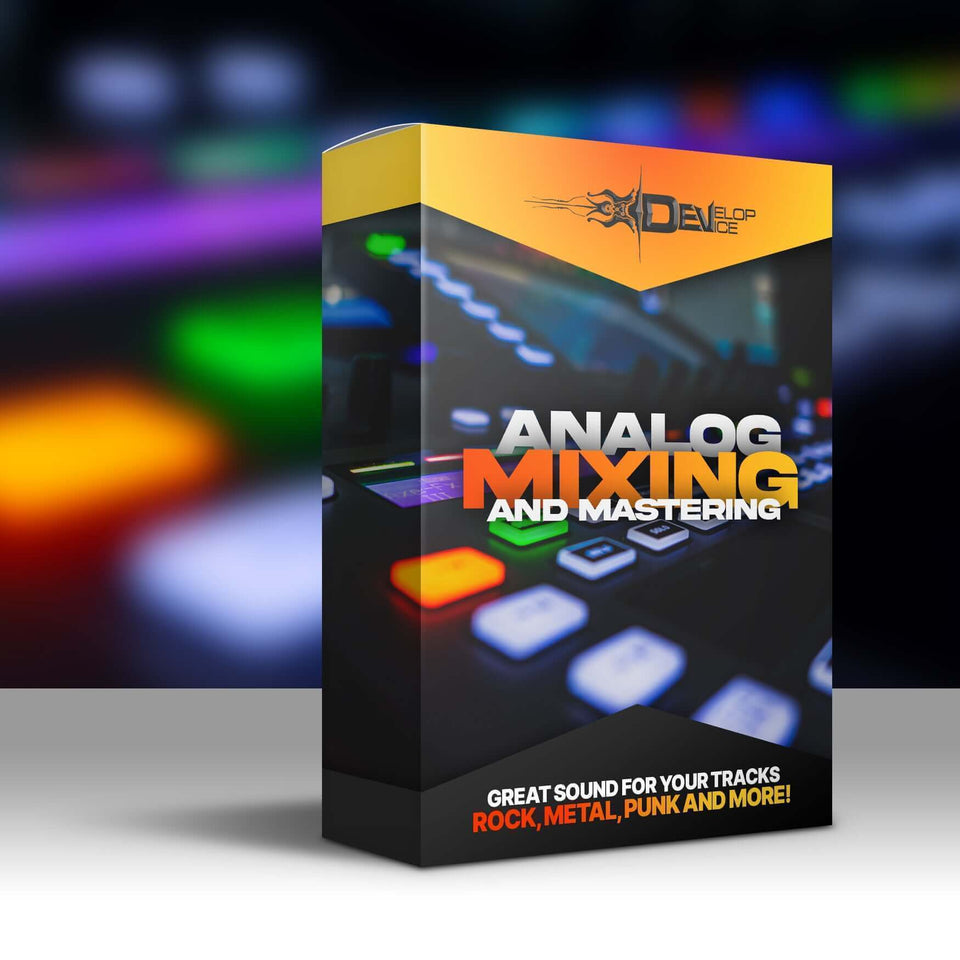







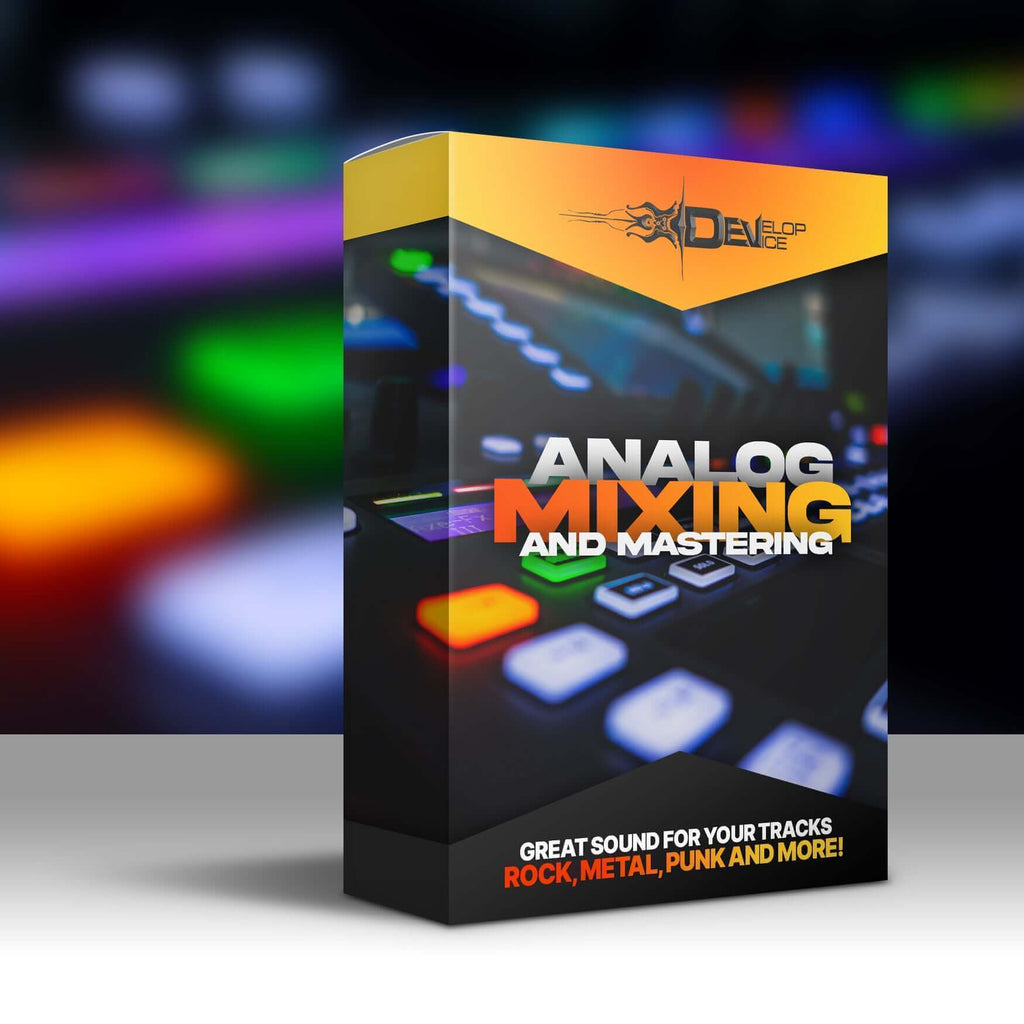
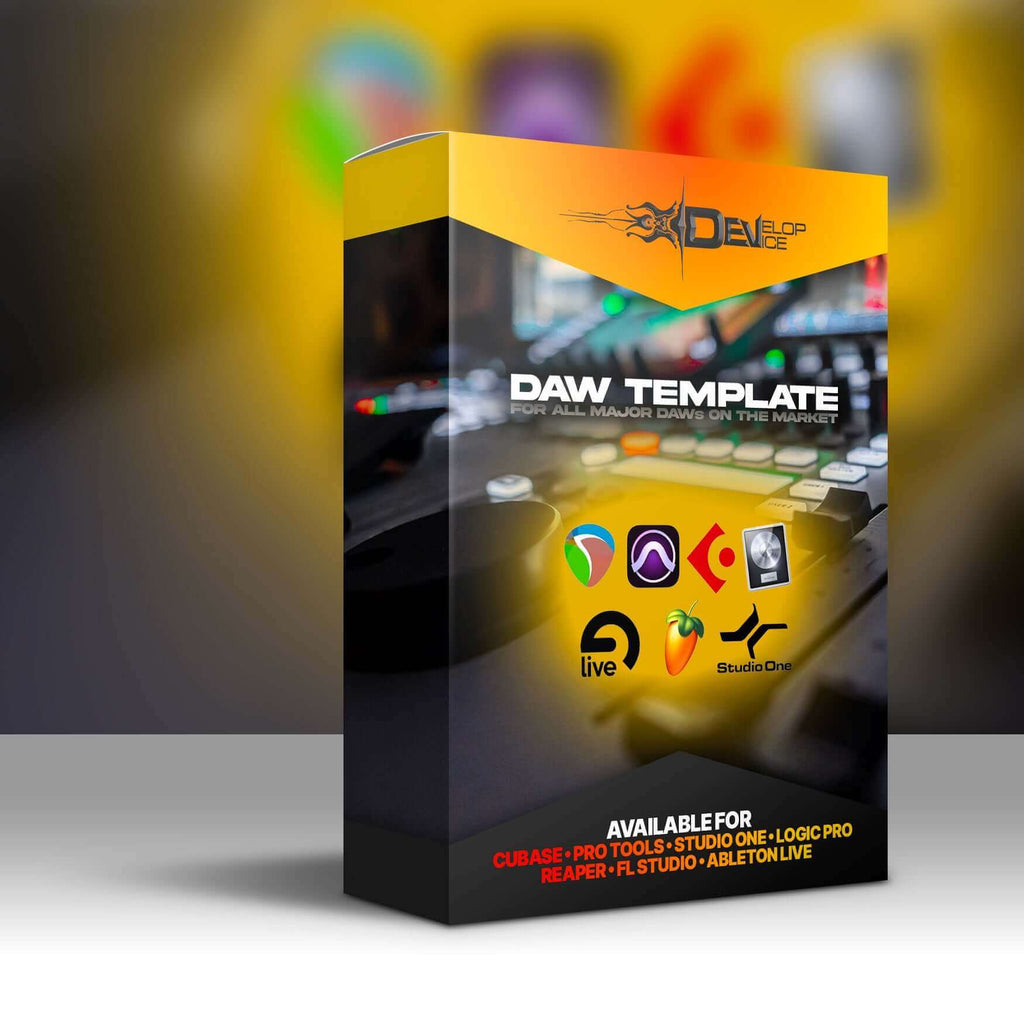
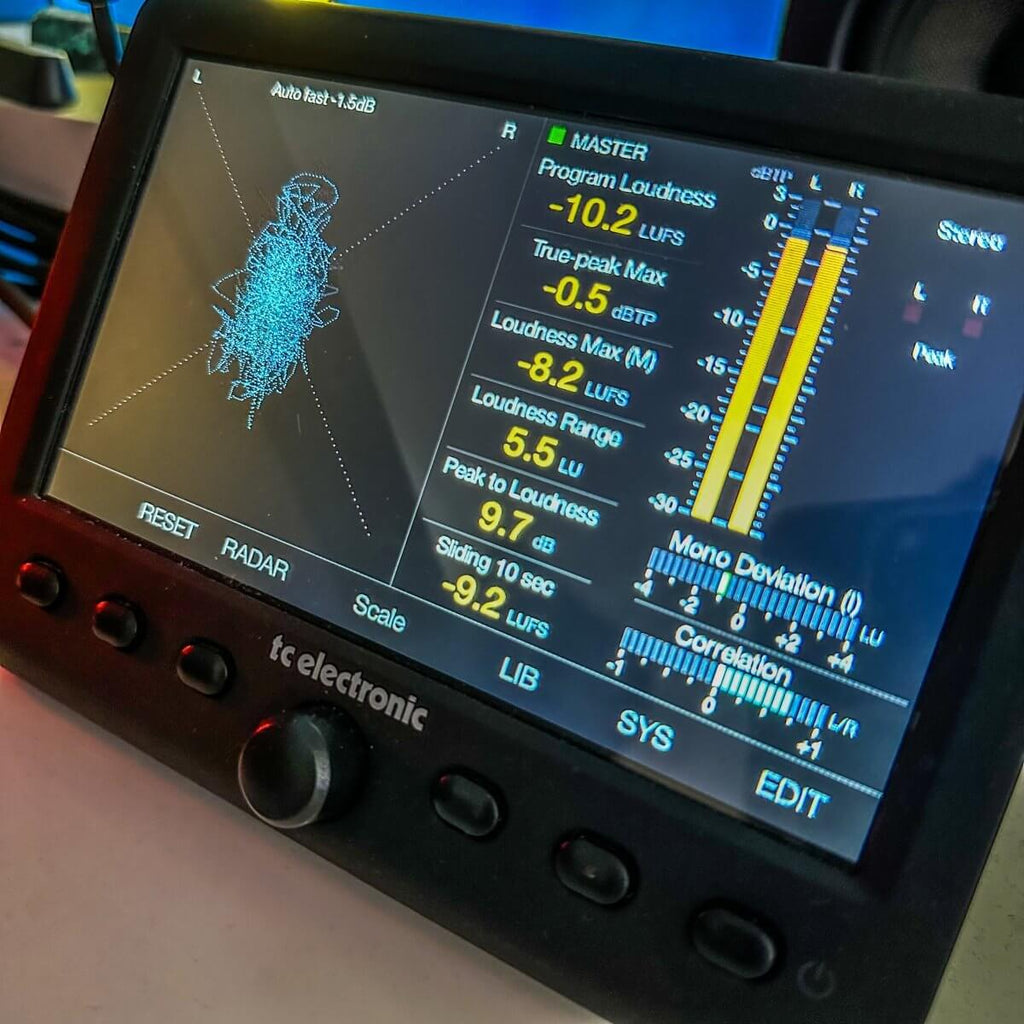

Leave a comment
All comments are moderated before being published.